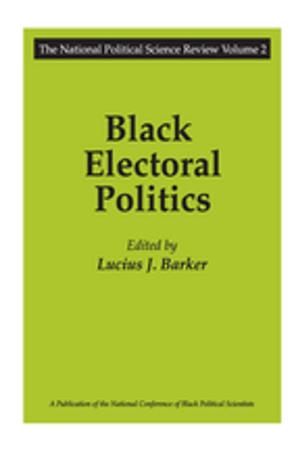Teaching Science Thinking
Using Scientific Reasoning in the Classroom
Nonfiction, Reference & Language, Education & Teaching| Author: | Christopher Moore | ISBN: | 9781315298610 |
| Publisher: | Taylor and Francis | Publication: | November 8, 2018 |
| Imprint: | Routledge | Language: | English |
| Author: | Christopher Moore |
| ISBN: | 9781315298610 |
| Publisher: | Taylor and Francis |
| Publication: | November 8, 2018 |
| Imprint: | Routledge |
| Language: | English |
Teach your students how to think like scientists. This book shows you practical ways to incorporate science thinking in your classroom using simple "Thinking Tasks" that you can insert into any lesson. What is science thinking and how can you possibly teach and assess it? How is science thinking incorporated into the Next Generation Science Standards (NGSS) and how can it be weaved into your curriculum? This book answers these questions.
This practical book provides a clear, research-verified framework for helping students develop scientific thinking as required by the NGSS. Your students will not be memorizing content but will become engaged in the real work scientists do, using critical thinking patterns such as:
- Recognizing patterns,
- Inventing new hypotheses based on observations,
- Separating causes from correlations,
- Determining relevant variables and isolating them,
- Testing hypotheses, and
- Thinking about their own thinking and the relative value of evidence.
The book includes a variety of sample classroom activities and rubrics, as well as frameworks for creating your own tools. Designed for the busy teacher, this book also shows you quick and simple ways to add deep science thinking to existing lessons.
Teach your students how to think like scientists. This book shows you practical ways to incorporate science thinking in your classroom using simple "Thinking Tasks" that you can insert into any lesson. What is science thinking and how can you possibly teach and assess it? How is science thinking incorporated into the Next Generation Science Standards (NGSS) and how can it be weaved into your curriculum? This book answers these questions.
This practical book provides a clear, research-verified framework for helping students develop scientific thinking as required by the NGSS. Your students will not be memorizing content but will become engaged in the real work scientists do, using critical thinking patterns such as:
- Recognizing patterns,
- Inventing new hypotheses based on observations,
- Separating causes from correlations,
- Determining relevant variables and isolating them,
- Testing hypotheses, and
- Thinking about their own thinking and the relative value of evidence.
The book includes a variety of sample classroom activities and rubrics, as well as frameworks for creating your own tools. Designed for the busy teacher, this book also shows you quick and simple ways to add deep science thinking to existing lessons.















